|
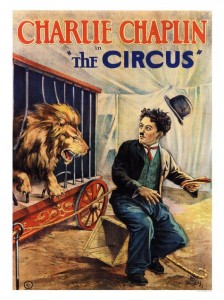
Synopsis:
A tramp (Charlie Chaplin) accidentally becomes the hit star in a circus run by a cruel ringmaster (Al Garcia), who pays him the lower wages of a prop-master; meanwhile, he falls in love with Garcia’s abused daughter (Merna Kennedy) — but does she feel the same way about him?
|
|
Genres, Themes, Actors, and Directors:
- Carnivals and Circuses
- Charlie Chaplin Films
- Comedy
- Silent Films
Response to Peary’s Review:
Peary argues that if this “sweet, deceptively simple, flawless film… doesn’t quite equal other Chaplin masterpieces on first viewing, that’s because it seems that Chaplin didn’t invest it with quite as much emotion” — which is exactly why I find it to be such an underrated gem. Unlike the overly maudlin tenor of many of Chaplin’s other, better-known films, The Circus possesses almost purely comedic energy, with just enough romantic tension and longing to move the narrative along. As Peary notes, “there are [many] wonderful scenes: hungry Chaplin eating a hot dog that a little boy (whose father looks the other way) holds in his hand; Chaplin eluding a pickpocket and a cop in a hall of mirrors; … Chaplin finding himself locked in a cage with a sleeping lion inside and a barking dog outside; Chaplin attempting a tightrope act and having a wild monkey latch its teeth onto his nose”. Other laugh-out-loud scenes include Chaplin posing as part of a mechanized display outside a fun house, and Chaplin’s hilariously failed attempts to officially audition for a role in the circus. It all represents Chaplin’s “usual number of brilliant sight gags and moments of slapstick”, and is simply great fun throughout.
Note: In his Alternate Oscars book, Peary names Chaplin Best Actor of the Year for this film, pointing out that “as usual, Chaplin’s tramp is both touching and funny as he maintains his dignity”, and — thankfully – “doesn’t play for pity”.
Redeeming Qualities and Moments:
- Many memorable, expertly crafted scenes
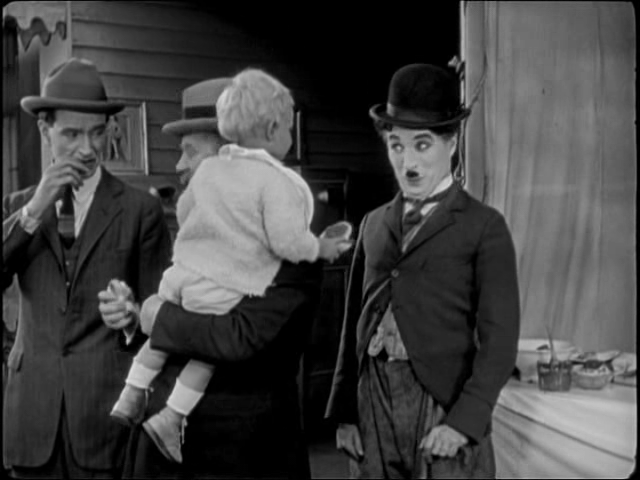
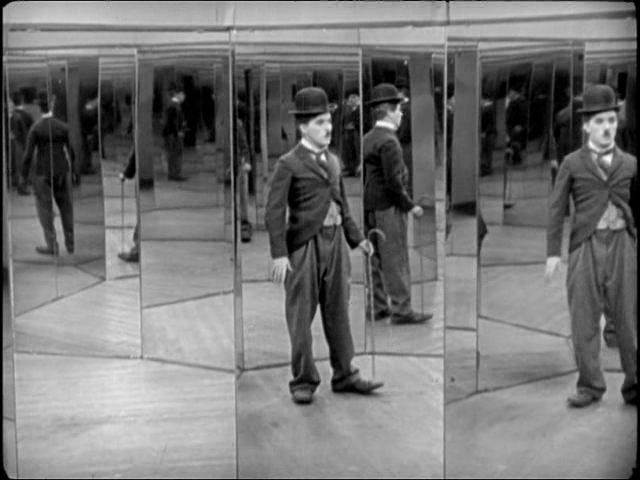
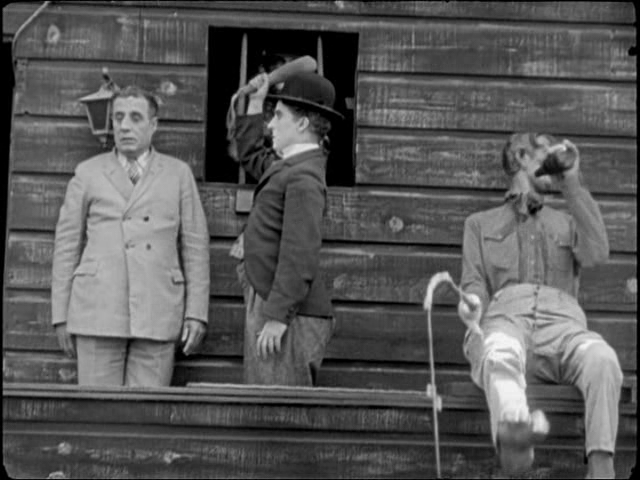
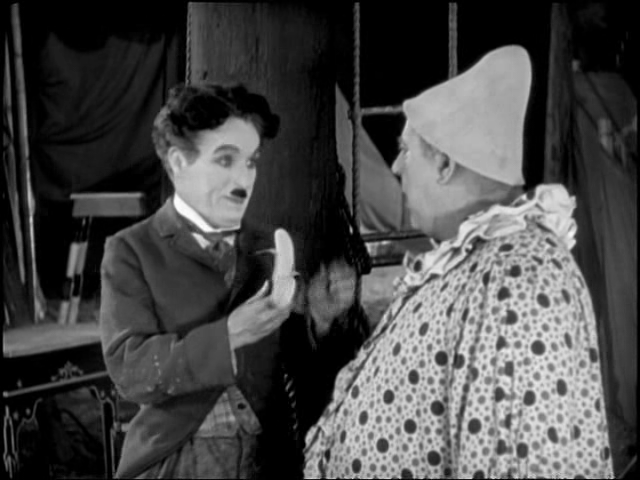
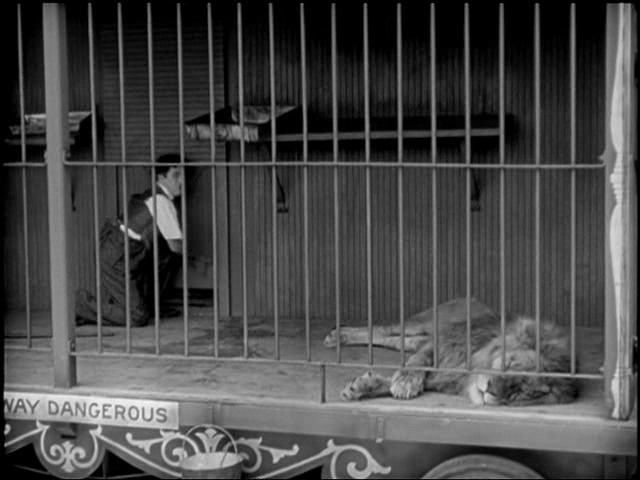

Must See?
Yes, as an early comedy classic by Chaplin.
Categories
Links:
|







One thought on “Circus, The (1928)”
First viewing. A must, “an underrated gem” and, as Peary rightly states, “flawless”.
Watching ‘The Circus’ is somewhat like watching ‘The Gold Rush’ without having to sit through the sentimentality that (to me, anyway) mars the latter work. Most importantly, it is simply flat-out funny! My understanding is that Chaplin was going through a particularly difficult time in his personal life when he was making ‘The Circus’ but one would have absolutely no clue of that as a remote possibility. The film flies by, moving effortlessly from one inspired bit to the next.
It’s a refreshing running gag that, for the most part, the tramp is only funny to circus audiences when he is not trying to be funny at all. (As an audience member watching Chaplin the artist and filmmaker, that is how I prefer him as well – when is not working so hard to get a reaction or to win you over.) The result of this through-line is pure cinema. Nowhere is this more true than in Chaplin’s high-wire act near the end of the film (as shown in the 6th still) – the sight of him in controlled panic on a tightrope with monkeys climbing all over him has got to the be one of the funniest sequences I’ve ever seen in a Chaplin film.
Agreed: another stand-out is Chaplin as the “mechanized display” (3rd still), esp. when a thief joins Chaplin in an effort to outwit a cop. As the thief stands completely still, Chaplin commences a routine in which he continuously beats the thief over the head with a club, turns away, then throws his head back as he laughs with abandon. (Perhaps not coincidentally, a similar bit occurs in Woody Allen’s ‘Love and Death’, in which Diane Keaton ‘stands in’ for the thief.)
I’m certainly glad to have come across this delightful charmer. There’s a good deal of Chaplin’s work which I have consciously avoided due to his tendency (esp. in his later work) to pander to audiences. No fear of that here – this is Chaplin at his comedic best!